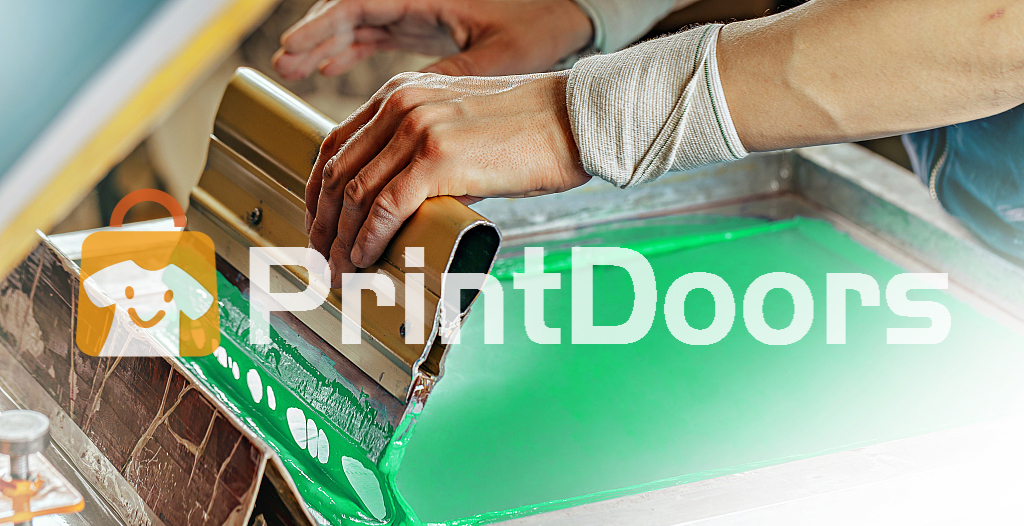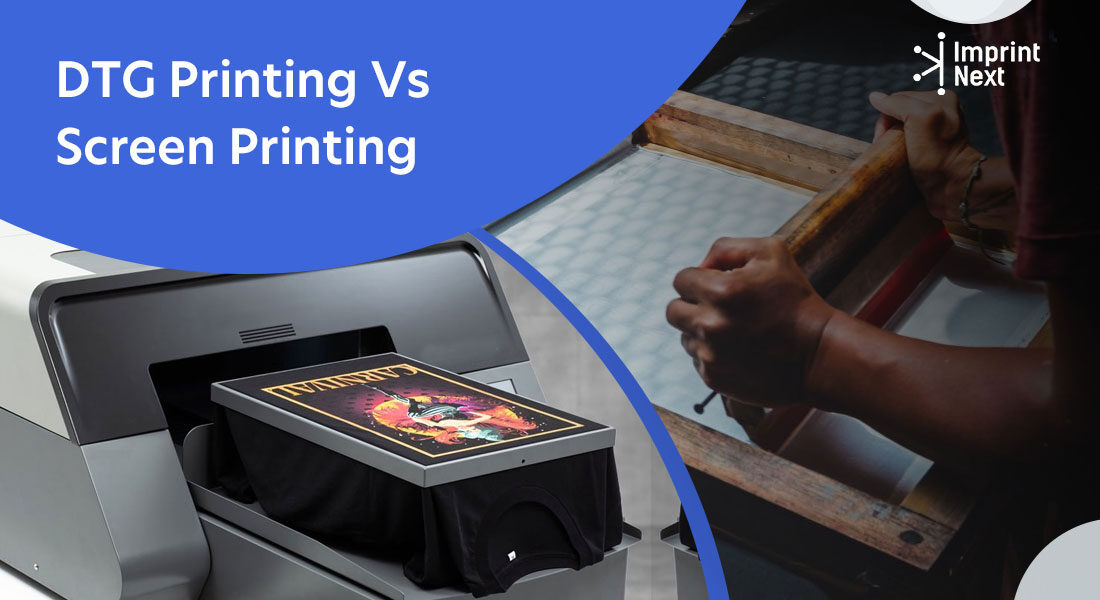Tx Tees Fundamentals Explained
Tx Tees Fundamentals Explained
Blog Article
Some Known Questions About Tx Tees.
Table of ContentsTx Tees Can Be Fun For EveryoneTx Tees - The FactsIndicators on Tx Tees You Should Know5 Simple Techniques For Tx TeesTx Tees Fundamentals ExplainedThe smart Trick of Tx Tees That Nobody is Talking AboutNot known Factual Statements About Tx Tees
Include up various other costs, like the number of utilities it takes to run the store and the expense of ink and solution per design. Take the print listed below.The solution must just be a few cents given that you 'd only need to coat one screen for this task. How much should you charge per tee shirt to make an earnings? Typically, printers try to make up to 45% revenue on a print work. Below's a table to aid you figure out that: complete price per thing percent of wanted earnings as a decimal (instance:.25 or.45) profit made per item per task Now allowed's speak about the earnings of DTF.

With DTF, you can publish a handful of t-shirts, or simply one. Both display printing and DTF have their niches in the globe.
The Greatest Guide To Tx Tees
The most effective way to understand? Ask about and see what printing shop like yours are doing. screen printer. Attempt both out and see which you like better
When you're selecting what kind of printing approach to make use of for publishing your artwork designs on your garments, it is essential that you recognize the distinctions between these two methods so you can make best use of results while lessening prices. Screen printing is the most generally utilized technique for printing designs on textiles.
DTG printing is likewise recognized as place or straight to garment printing because it prints only what is needed as opposed to making a display as display printers do. http://dugoutmugs01.unblog.fr/?p=3485. Display printing functions by screen filler squeegee screen printing ink display mesh screen, after that transferring the image to garment making use of warm and/or pressure
The DTG printer uses unique dye-sublimation inks that are applied right into a pre-designed picture by an electronic printing system. The inks enter into the textile, enabling dynamic shades and exceptional information. It's likewise recognized as area or direct to garment printing since it prints just what is needed as opposed to making a display as screen printers do.
10 Simple Techniques For Tx Tees
It's much quicker - you can publish a fullcolor image in minutes, as opposed to hours for screen printing. Second, there's no established up time or prices involved - you can publish any kind of design you such as, without having to develop a screen. Third, there's no waste - since display printers screen print one layout each time, they need to screen each color independently.
The paper is really pricey and can only be made use of when. Once it's printed on, it needs to be thrown out. - The initial purchase cost is less than the ahead of time investment of DTG printers- You can print multi-color styles one display at a time rather of needing to print each color independently like DTG printing.

Indicators on Tx Tees You Need To Know
Nevertheless, instead of making use of display mesh as screen printers do, dye sublimation printers utilize laser modern technology to move your images onto garments or paper. A warm procedure transfers the color from its solid-state straight into the gas stage which consequently integrates it onto fabric substratums when they are quickly heated up to high temperatures under high pressure.
Sublimation printing is green. It utilizes much less water than screenprinting, and due to the fact that it doesn't include the use of hazardous solvents, it's secure for all kinds of apparel. The dye sublimation inks are also unsmelling when treated, unlike screen printers that make use of harmful chemicals throughout the display printing procedure that leave behind an unpleasant smell.
They likewise conserve cash on costly tools like direct exposure devices given that color sublimation printers do not call for a UV exposure device or a flash cure stove that is generally made use of in screen printing (custom monograming). What is straight to garment printing (DTG Printing)? DTG printing is a digital screenprinting procedure that prints straight onto material using specialized inkjet printers
4 Easy Facts About Tx Tees Shown
DTG printing offers several benefits over conventional screenprinting, including the capability to publish photo high quality images, higher color vibrancy, and the capacity to print designs on darker textiles. DTG printers work by warming the fabric ink up until it develops into a gas. The gas then penetrates the material, bonding with the fibers to produce a permanent print.

Screen printers just prepare their display after that start publishing up until they lack custom t-shirt design product or ink.- There is a vast array of skilled display printers around the world, which can be helpful for beginners. - It's a slower procedure - screen printers often have to wait for the ink to dry prior to they can publish the next color- Screen printers require manual labor, so there's a higher knowing contour and it takes longer to produce a top quality layout- Display printing isn't as precise as DTG printing, so you may get some "bleeding" of colors from one part of the picture onto one more if not done properly.
Not known Factual Statements About Tx Tees
Rather of using screen mesh as display printers do, dye sublimation printers use laser modern technology to move your pictures onto garments or paper. A warmth process moves the dye from its solid-state directly right into the gas phase which consequently merges it onto material substratums when they are swiftly heated to heats under high pressure.
Sublimation printing is environment-friendly. It uses less water than screenprinting, and due to the fact that it does not entail making use of harmful solvents, it's secure for all types of garments. The color sublimation inks are likewise odor free when treated, unlike display printers that make use of damaging chemicals throughout the display printing procedure that leave an unpleasant odor.
They likewise conserve cash on expensive equipment like direct exposure devices since dye sublimation printers don't need a UV direct exposure device or a flash treatment oven that is normally made use of in screen printing. What is direct to garment printing (DTG Printing)? DTG printing is an electronic screenprinting procedure that prints directly onto material using specialized inkjet printers.
3 Easy Facts About Tx Tees Explained
DTG printing offers lots of advantages over typical screenprinting, consisting of the ability to publish photo top quality images, higher color vibrancy, and the capacity to print styles on darker textiles. DTG printers work by heating up the textile ink until it turns into a gas. The gas then permeates the material, bonding with the fibers to create a long-term print.
Report this page